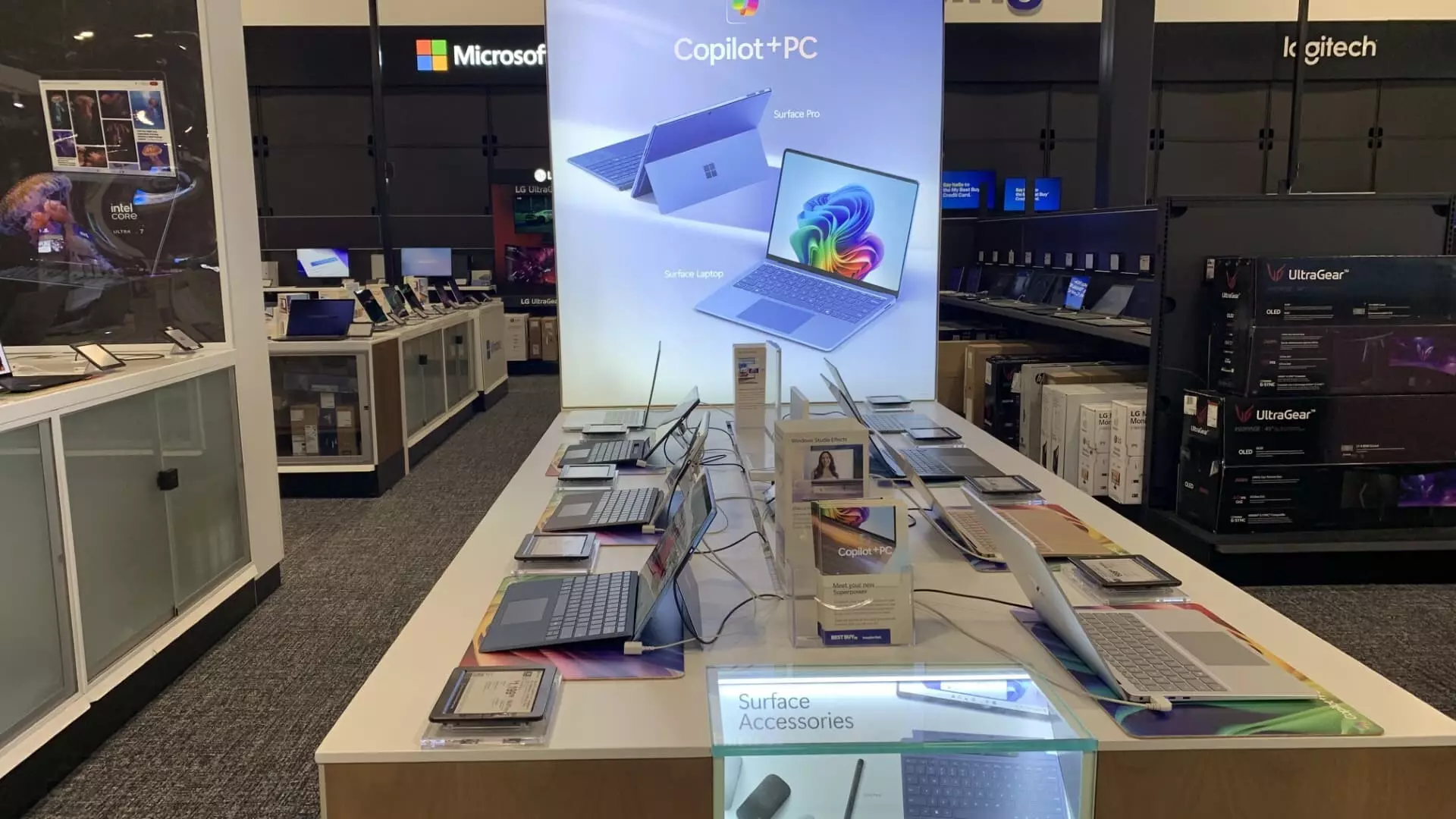In a recent strategic move, Jim Cramer’s Charitable Trust decided to offload 165 shares of Best Buy at a price of approximately $86 per share. Following this transaction, the trust’s total holdings in Best Buy will be at 600 shares, adjusting its portfolio allocation from 1.9% to an estimated 1.5%. Such adjustments signal a crucial tactic within portfolio management, particularly in uncertain market conditions. Best Buy, a major player in the electronics retail scene, has seen its stock price falter increasingly since late 2022, primarily due to escalating concerns regarding retail sales in the electronics sector amid looming tariffs on Chinese goods anticipated under the administration of President-elect Donald Trump.
The decline in share value isn’t solely attributed to tariff fears. Best Buy’s performance is also intimately tied to the broader economic environment, particularly the real estate market. The company’s sales of high-involvement products like appliances and home entertainment systems are influenced by housing turnover rates. As interest rates have recently been on an upward trajectory, home buying activities could be sluggish, resulting in potential dips in sales for retailers reliant on consumer confidence from housing transactions. While mortgage rates have seen some volatility, the Federal Reserve’s recent rate cuts could potentially rejuvenate the market, yet the full effect remains to be seen. It raises the question of whether Best Buy can weather these economic shifts effectively.
The decision to trim Best Buy holdings is not merely a reaction to market fluctuations but also a disciplined approach to risk management. Cramer emphasizes the importance of not allowing hard-won gains to evaporate into losses—an essential principle in investment strategy. The decision to secure an average gain of approximately 8% from purchases made earlier in 2024 reflects a commitment to maintaining a disciplined investment approach, especially prior to the company’s forthcoming earnings report. Given the potential for volatility in same-store sales figures, it becomes crucial to preemptively manage risks before the situation could deteriorate.
Adding further perspective to Best Buy’s struggles is the competitive nature of the retail market. During the current earnings season, several giants have begun to dominate the landscape, potentially at the expense of brands like Best Buy. Companies such as Walmart, Amazon, and Costco are capturing exceptional market shares, which poses significant competitive challenges for Best Buy. Recent earnings reports, such as Target’s third-quarter profit miss, offer insight into a broader trend of lost market share for traditional retailers. This evolving paradigm highlights the need for Best Buy to assert its advantages urgently for sustained profitability.
The challenges of electronic retailing are not insurmountable, yet they necessitate careful navigation. Issues surrounding mortgage access and market trends in AI technology additionally complicate matters for Best Buy. While some hurdles may be temporary, the risk of persistent sales challenges cannot be ignored, particularly with tech product sales projected to perform below expectations. Best Buy’s future success may rely on strategic pivots, such as leveraging its brand strengths, enhancing customer experience, and possibly exploring e-commerce innovations to capture the shifting dynamics of retail consumption.
As investors, it’s fundamental to adopt a critical and analytical approach toward holdings such as Best Buy. The decision to reduce stock positions reflects larger concerns that mirror the complexities of the modern retail environment. While Best Buy has a robust legacy, adapting to economic signals and competitive pressures is essential for future stability. The recent adjustments by Jim Cramer’s Charitable Trust serve as a reminder that even established players must be vigilant, disciplined, and responsive to an ever-changing marketplace. Through understanding these nuances, investors can become better equipped to navigate the tumultuous waters of retail investment.

